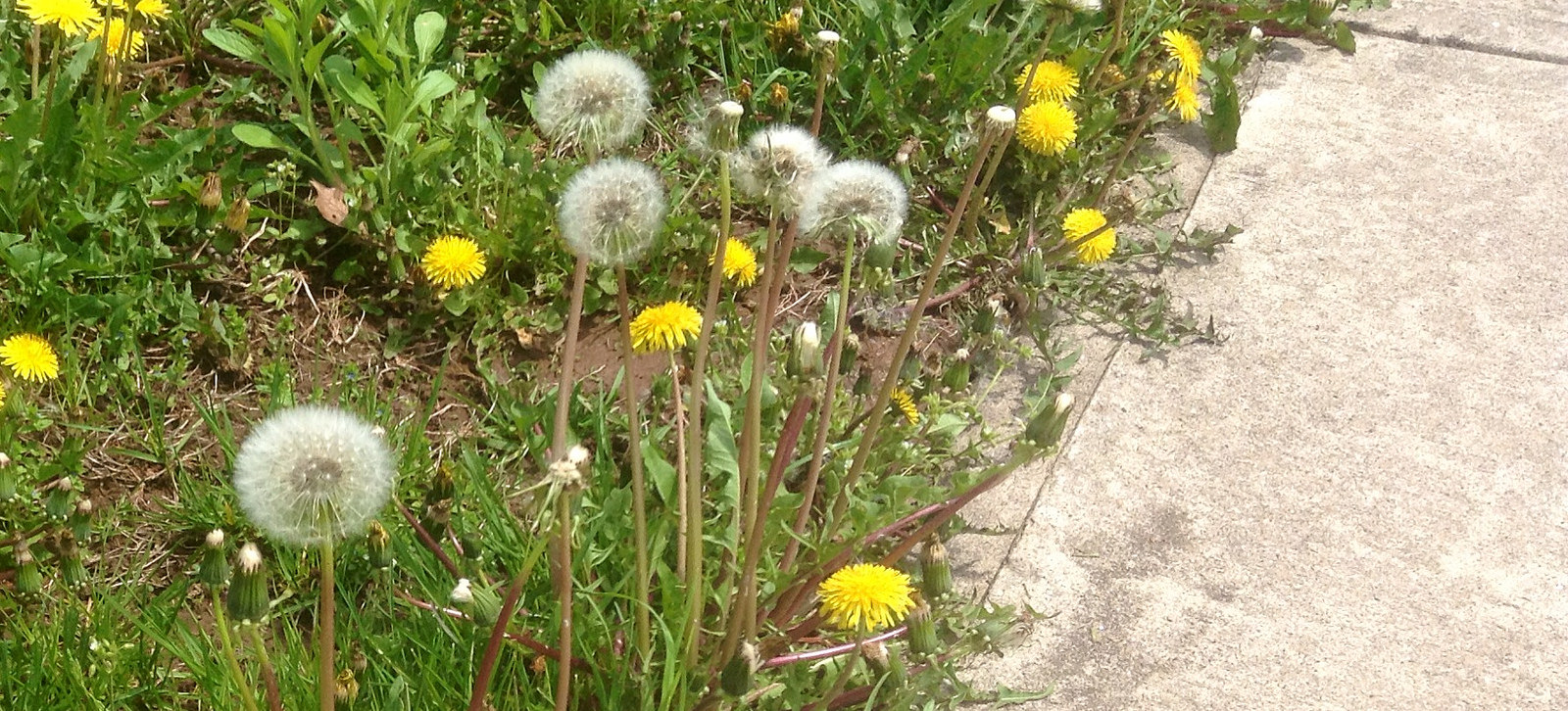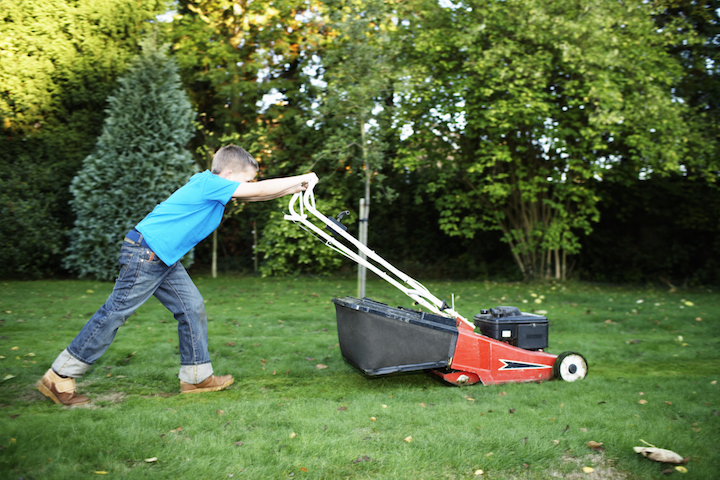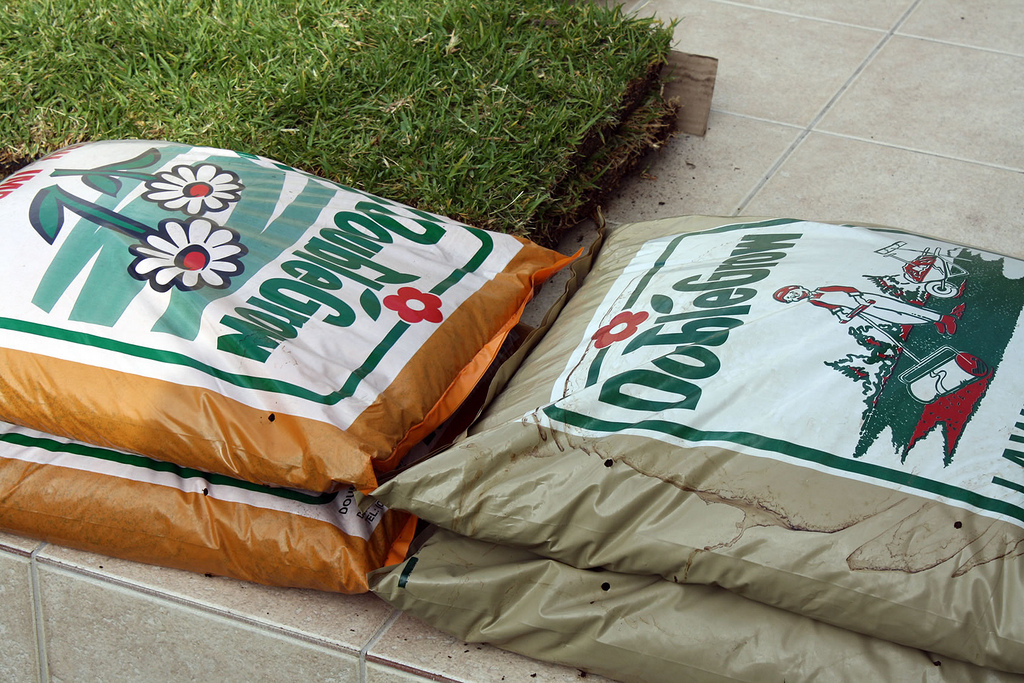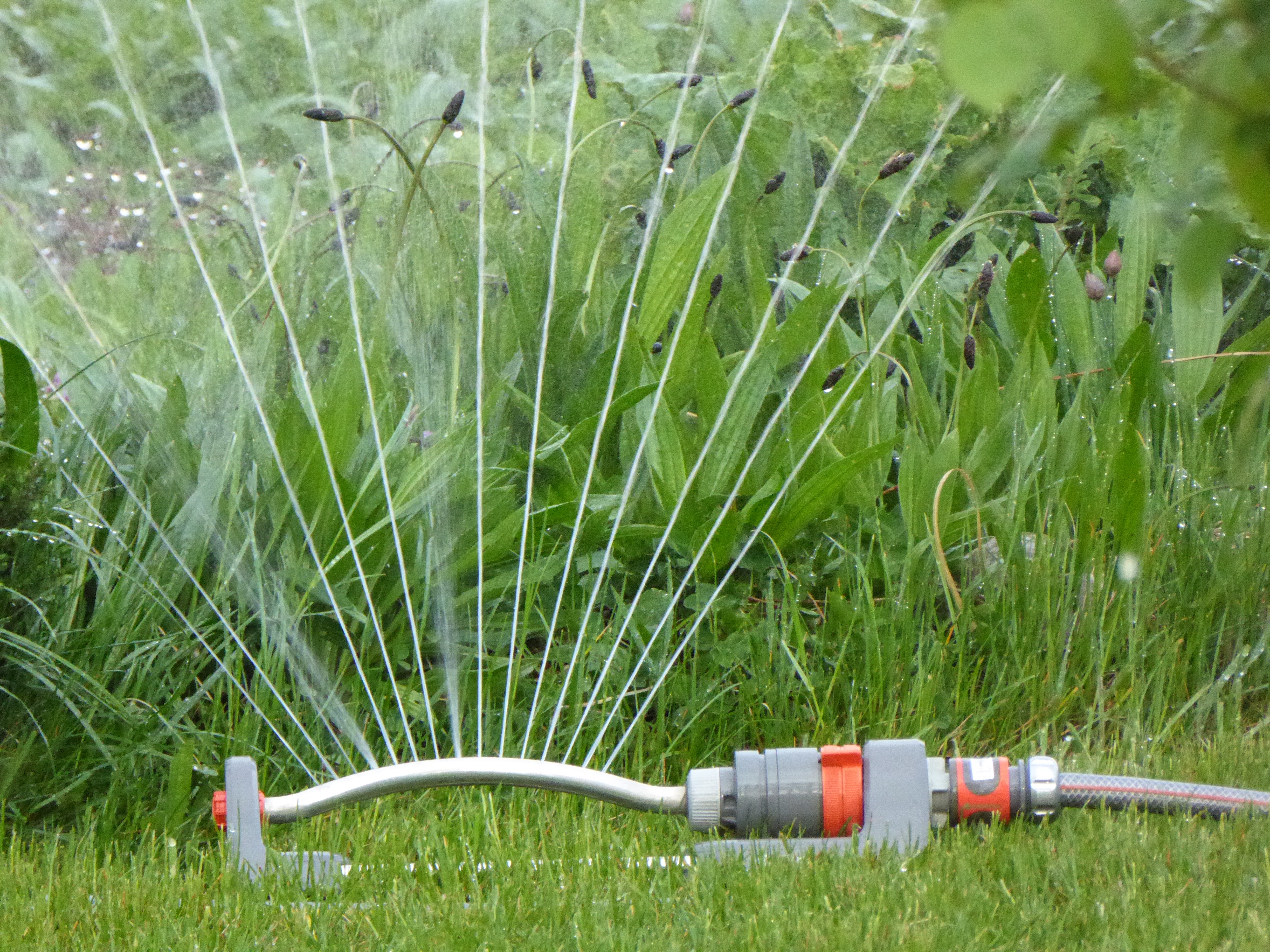Spring Lawn Care Tips for Madison, WI

Spring brings back the warmer weather everyone desires in Madison, WI. Picnics, kids playing, and dinners outside on the patio are on the horizon, but growing a healthy lawn doesn’t happen by accident. A lush lawn takes proper care–it takes planning and understanding.
You may not think lawn care matters, but without the right care, weeds will overtake your lawn. Your grass will lack proper nutrients and turn brown with a ragged appearance. That’s not going to win the beautiful lawn award in your neighborhood. While lawn care does take place year-round, spring is the best time to work on improving the vitality of your grass. Spring lawn care in Madison, WI requires these simple steps:
1. Lay Grass Seed
Fall is the best time to overseed your lawn although winter can wreak havoc on your grass. If you notice that you have bare spots in your yard, springtime is an acceptable time to lay grass seed. You want your lawn in tip-top shape before the summer heat hits.
If you need to lay grass seed or overseed dead spots, don’t wait for late spring. Grass seed requires time to establish and germinate before the temperature increases.

2. Eliminate Weeds
As your grass comes to life, weeds start to appear as well. Spring is the best time to beat back crabgrass and other annual weeds. These plants grow from seed each year, so a well-timed application of a pre-emergence herbicide stops them in their tracks.
3. Core Aerate
Many homeowners lack to understand the value of aerating a lawn, core aeration can excel your grass to its maximum potential. Snow and freezing temperatures cause the soil to compact together. Compacted soil doesn’t allow sunlight, water, and other nutrients to reach the roots or soil. Without the right nutrients, your grass will die or struggle to grow.
Core aeration is a process that pulls hundreds of small plugs from your soil, which allows water and air into your soil. You can do it yourself by purchasing various aerating tools or contact your local lawn care professional. Spring is an excellent time for core aeration because your grass is just entering its active growing stage when it needs those nutrients the most.

4. Prepare Your Mower
Mowing season is upon us, and it’s time to get your lawn mower ready. You should check your lawn mower over to make sure it is in mint condition. Consider getting a professional tune up before the season starts.
Sharpen the blades on your mower, dull blades tear and rip the grass, which can cause your lawn to die. Tear or shredded grass will turn brown, and that’s the opposite of what you want for your lawn.
5. Mow at the Right Height
Once your grass grows around three inches tall, it is time to mow for the first time. Most grass types are suggested to keep the height at least two inches tall. You never want to keep grass too short, which is called scalping. It can weaken your lawn and cause it to be more susceptible to diseases and pests.
Always remember the rule of thumb for grass mowing–never take off more than a third of the grass at a time. If you do, you can remove too much of the stored food for the grass to grow.

6. Fertilize Your Lawn
An early application of fertilizer to your lawn in the spring is a great way to kickstart the optimal growth season. Humans need boosts through vitamins just as your lawn needs fertilizer when it hits the active growing season.
Keep it light and use a slow-release fertilizer. Many people prefer to use organic fertilizer on their lawn. Wait to fertilize until your grass is mowed for the first time. You don’t want to feed your lawn too early because it is a waste of fertilizer.
7. Watch for Leaf Blight
Lawns in Madison have one major contender in the spring–leaf blight. Leaf blight is a fungal disease that affects fine fescue, creeping bentgrass, and Kentucky bluegrass. In late spring, the warm, wet, humid weather makes your lawn a breeding ground for leaf blight.
Many homeowners mistake leaf blight for chemical burns because it bleaches the lawn in large patches. Your grass might look dead or discolored. A lawn care professional can help take care of leaf blight if it affects your lawn. Make sure you never cut your grass too short, or your grass is at a higher risk.

8. Water Accordingly
You might be tempted to break out your hose and start watering, but it’s best to wait until your lawn really needs it. The days begin to get longer, and the outside temperatures start to increase. This time is when your grass starts to wake up from winter dormancy and start to grow actively.
Grass starts to dry out as soon as night frost subsides, around April or May. Once your lawn begins to dry out, it’s time to start accessing the amount of rain your yard receives. Grass needs around 1-1.5 inches of water each week, including rainwater. If your lawn gets enough rainwater don’t bother lugging out the hose.
Taking care of your spring lawn is easy, but you want to make sure you pay attention to what your yard is doing. Some of the most critical tasks are preventative tasks that prevent weeds and diseases from taking over. Make sure you take care of your lawn mower and set the right blade height. Before you know it, your lawn be lush all summer long.
Need help caring for your lawn as you explore these places? Visit our Madison lawn care page to get in touch with a professional! In addition to Madison, we provide lawn care services to other Wisconsin cities, including Milwaukee, Hudson, and Pleasant Prairie.
Featured image source: Zillow Madison
Areas we service near Madison